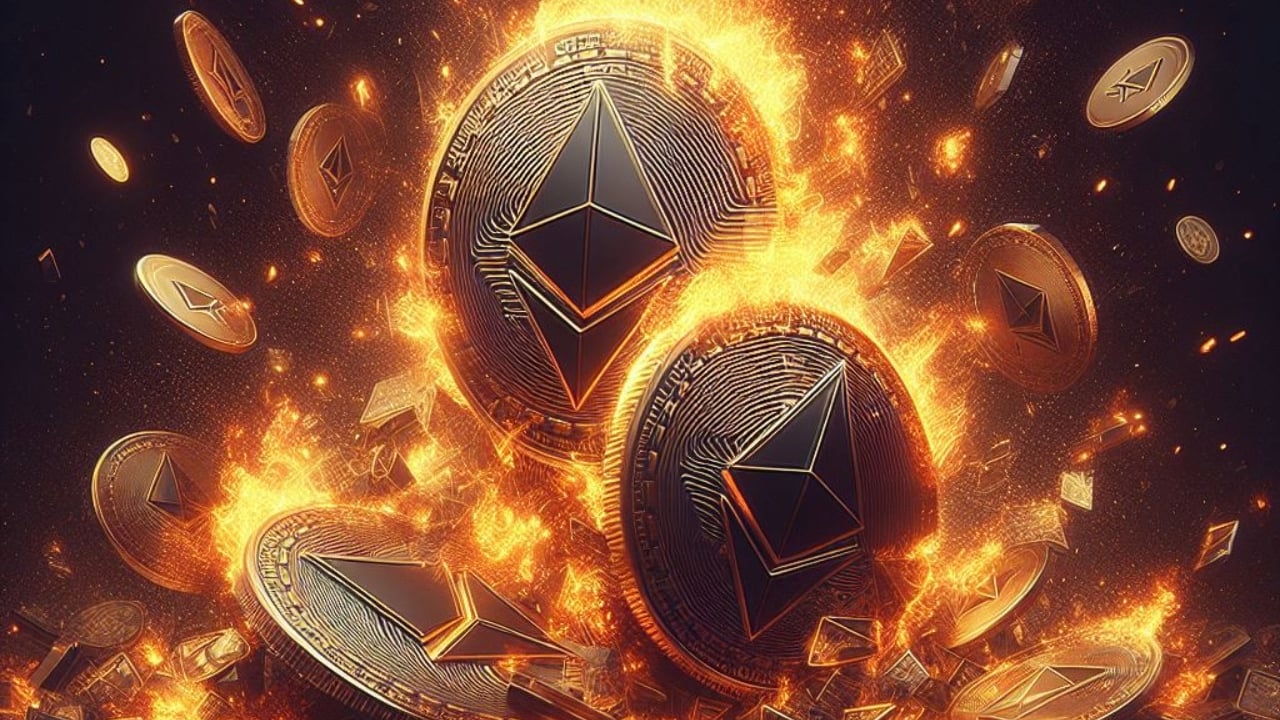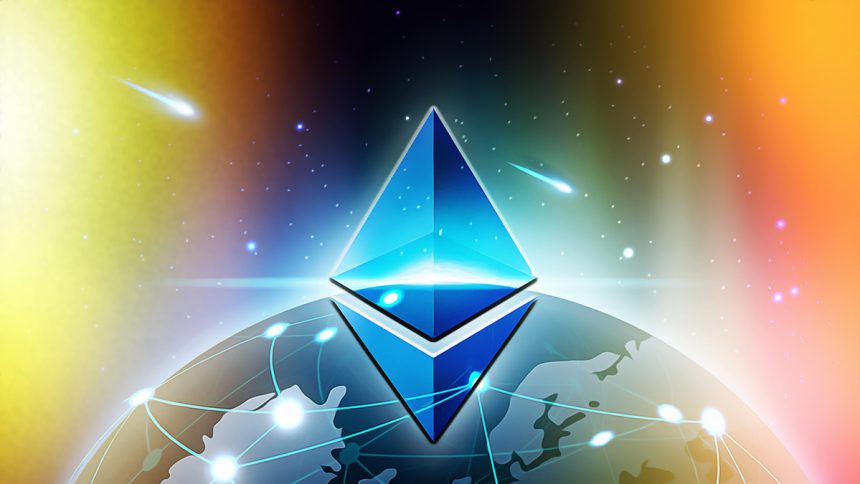Ethereum Improvement Proposal 1559 (EIP-1559), Ethereum (ETH) $3,304.1 It is a protocol update designed to regulate transaction fees on its network. This change, which came into force in August 2021, aims to make it easier to estimate the gas fees, in other words the transaction fees, that users pay when sending transactions. It also reduces excessive fluctuations in fees depending on the density of the network. Its most striking feature is that a certain amount of ETH is burned in each transaction. In this article we will explain the technical details of EIP-1559 and Ethereum We will examine its effects on the ecosystem.
EIP-1559 and Gas Fee Issue in Ethereum
EIP-1559 Previously, gas fees on the Ethereum network were determined by an auction system. Users would offer higher fees for faster confirmation of their transactions. This caused charges to spike when the network was busy. For example, during a popular NFT launch, gas fees could exceed 500 Gwei.

Users had difficulty guessing the correct fee, sometimes overpaying unnecessarily. The auction model was reducing the efficiency of the network and negatively affecting the user experience.
with EIP-1559 gas fee The mechanism was divided into three main components: Base Fee, Tip and Burn. The Base Fee is automatically determined based on the current density of the network. Users can add Tips to speed up their transactions. The most striking change is that the ETH corresponding to the Base Fee is completely burned. Thus, while excessive fee payments decreased, ETH supply was brought under control. This system simplified fee estimation and ensured fair distribution of network resources.
How Does Base Pay and Tip Work?
Basic wageis recalculated based on network demand every block (approximately every 15 seconds). If the block occupancy is above 50 percent, the fee increases, if it is below it, it decreases. This dynamic adjustment helps keep transaction fees stable.
Tip is used to motivate miners. For example, someone who wants to get an urgent transaction approved quickly can pay a Tip in addition to the Basic Fee. However, Tipping only provides priority rather than increasing miners’ income. Burning the Base Fee balances inflation and contributes to maintaining the value of ETH.
Effects of ETH Burning Mechanism on Ethereum Network
Before EIP-1559, miners pocketed all gas fees. In the new system, equivalent to Basic Wage ETH The coin is permanently deleted from the Blockchain. This coin burning process slows down the increase in ETH supply and even leads to deflation during busy network periods. For example, at the beginning of 2023, an average of 10 thousand ETH was burned per day.
The decrease in supply supports the value of ETH in the long term. Additionally, miners’ income sources have become based solely on Tips and block rewards. This has facilitated the transition to Ethereum’s Proof-of-Stake (PoS) consensus mechanism.
Advantages of EIP-1559 for Users and Developers
EIP-1559 has greatly simplified estimating transaction fees. Wallet apps now show users a clear Base Fee. Users can set the Tip amount based on priority.
For developers, the predictability of gas fees has made application design easier. Moreover, coin burning mechanism Thanks to this, ETH’s economic model has become more sustainable. All the changes support the idea of making Ethereum a network more suitable for enterprise use.
EIP-1559’s Role in the Future of Ethereum
EIP-1559 is one of the cornerstones of Ethereum 2.0. Stability in gas fees is critical to increase the scalability of the network. With the PoS migration, the burn mechanism can encourage ETH staking. Moreover deflationary Increasing pressure attracts investors’ attention.
This is generally offered to the Ethereum network. update It has made Ethereum stronger both technically and economically. Improvements in user experience directly support and accelerate the adoption of Blockchain.

Disclaimer: The information contained in this article does not constitute investment advice. Investors should be aware that crypto currencies carry high volatility and therefore risk, and should carry out their transactions in line with their own research.









